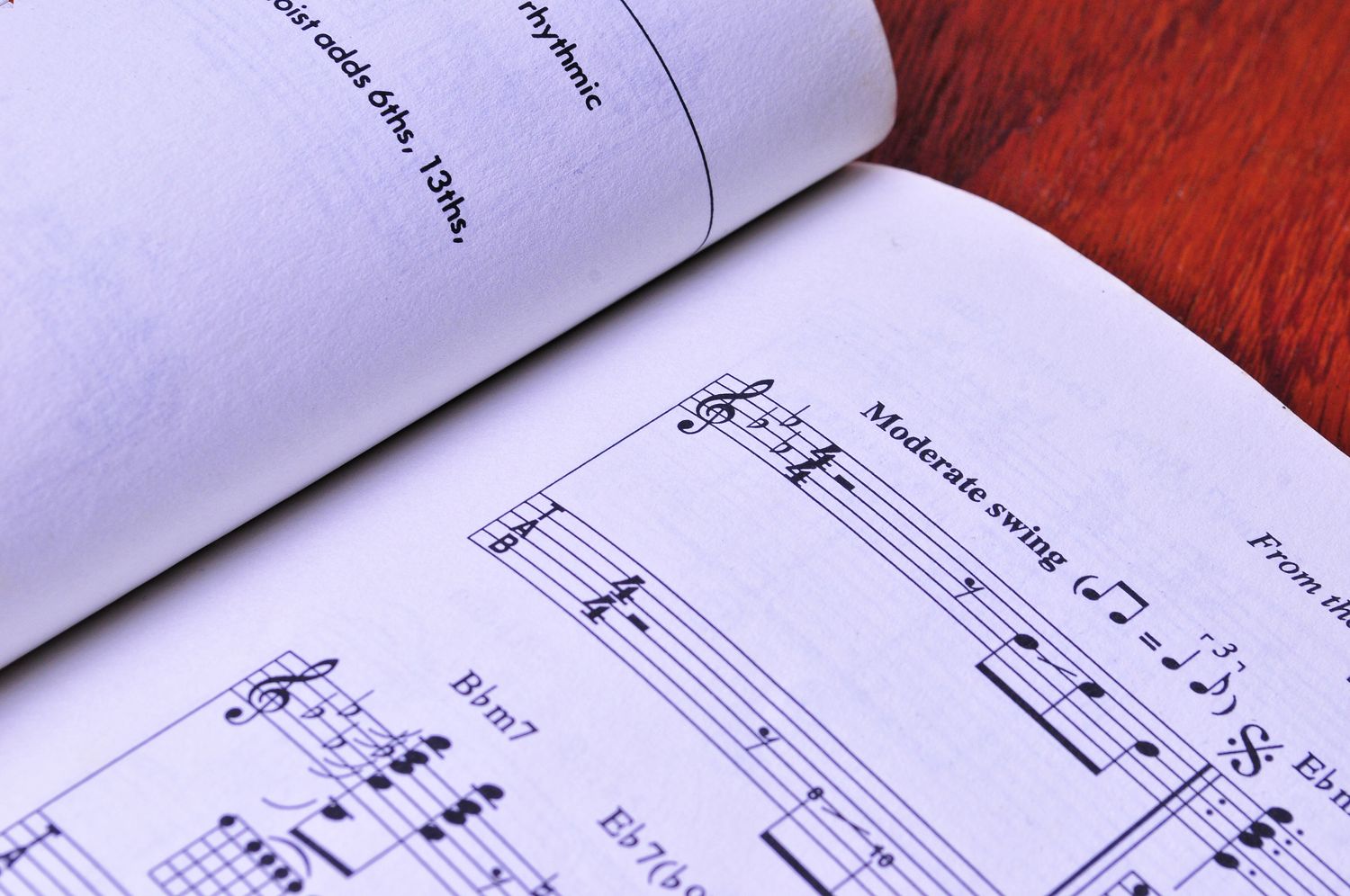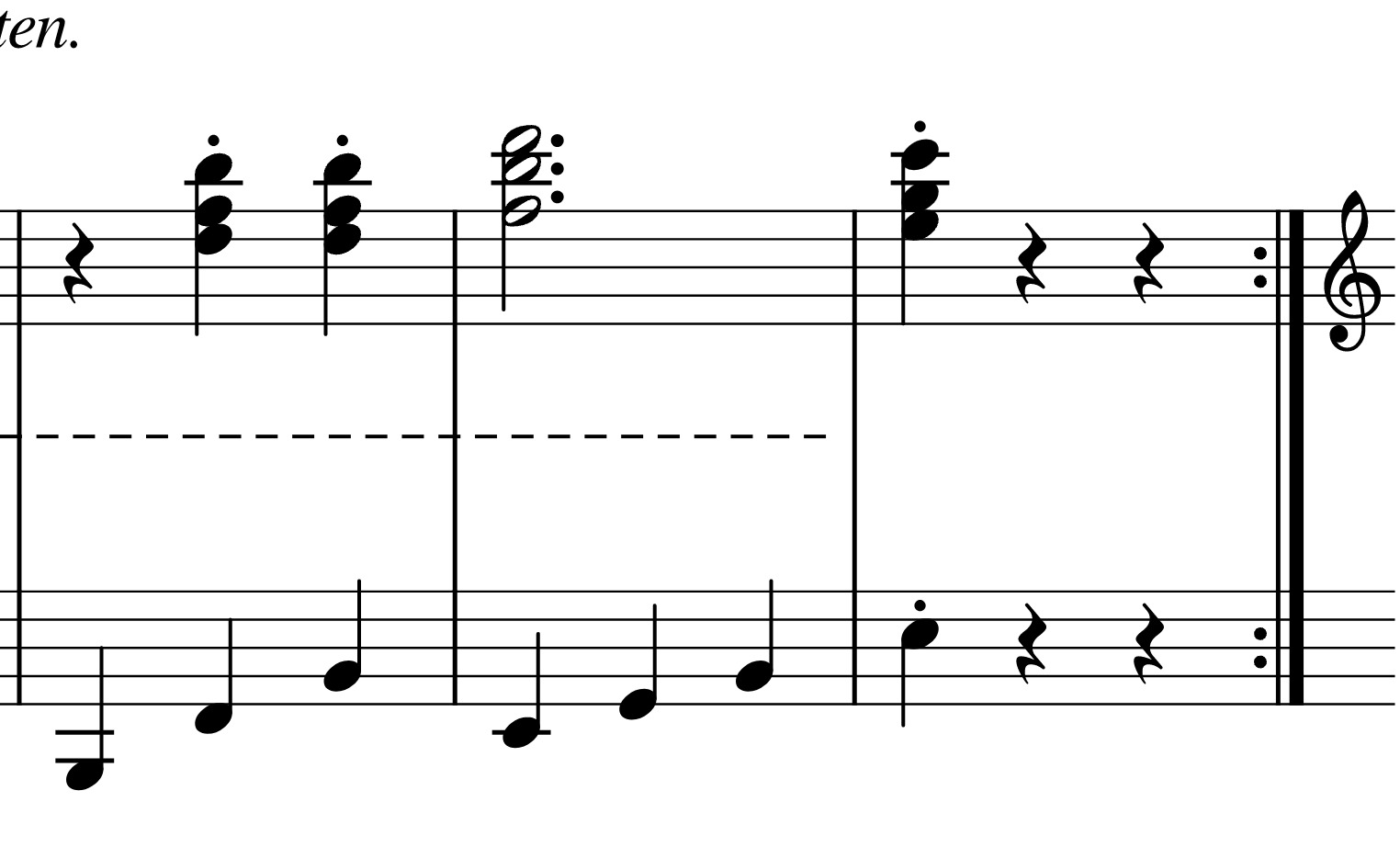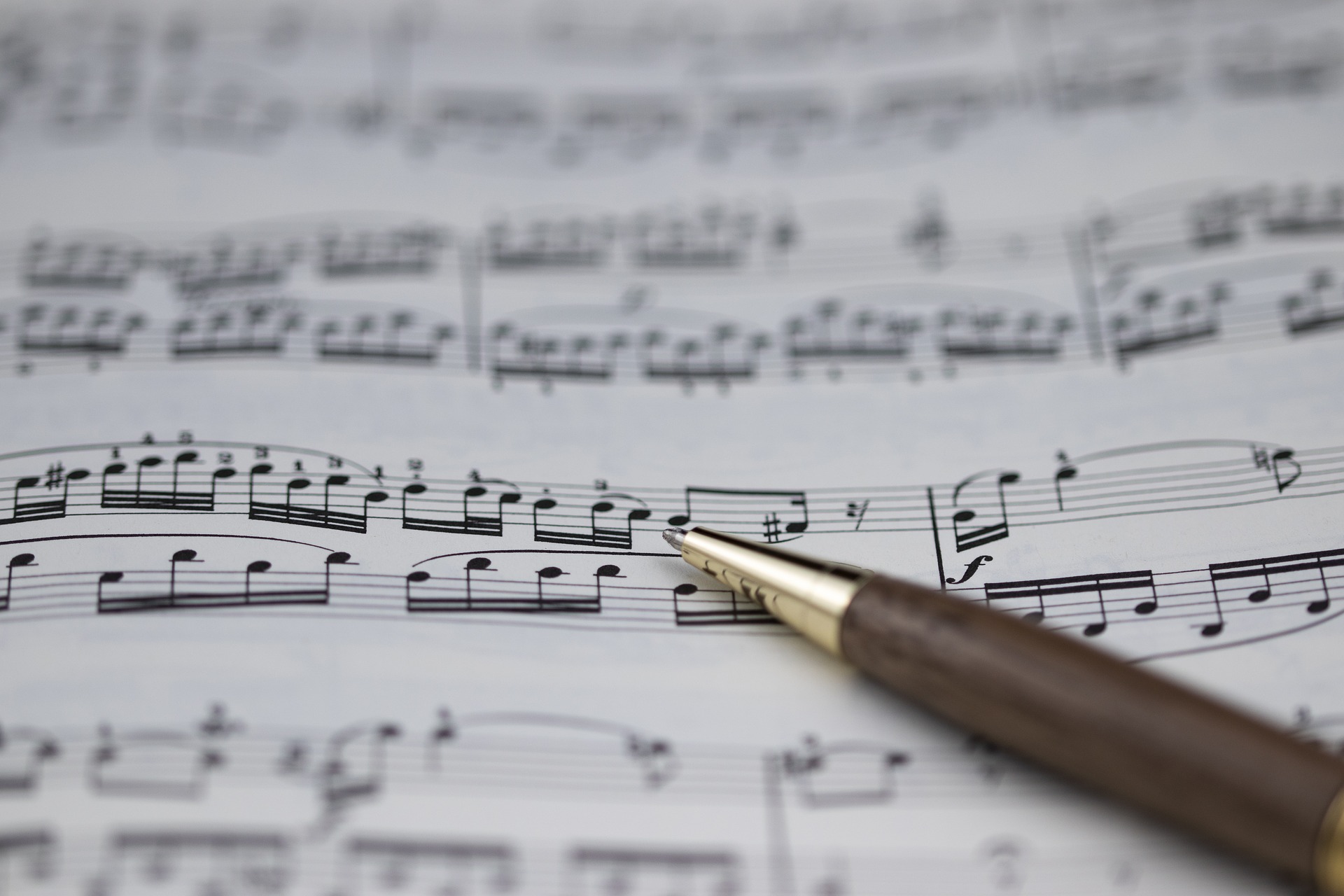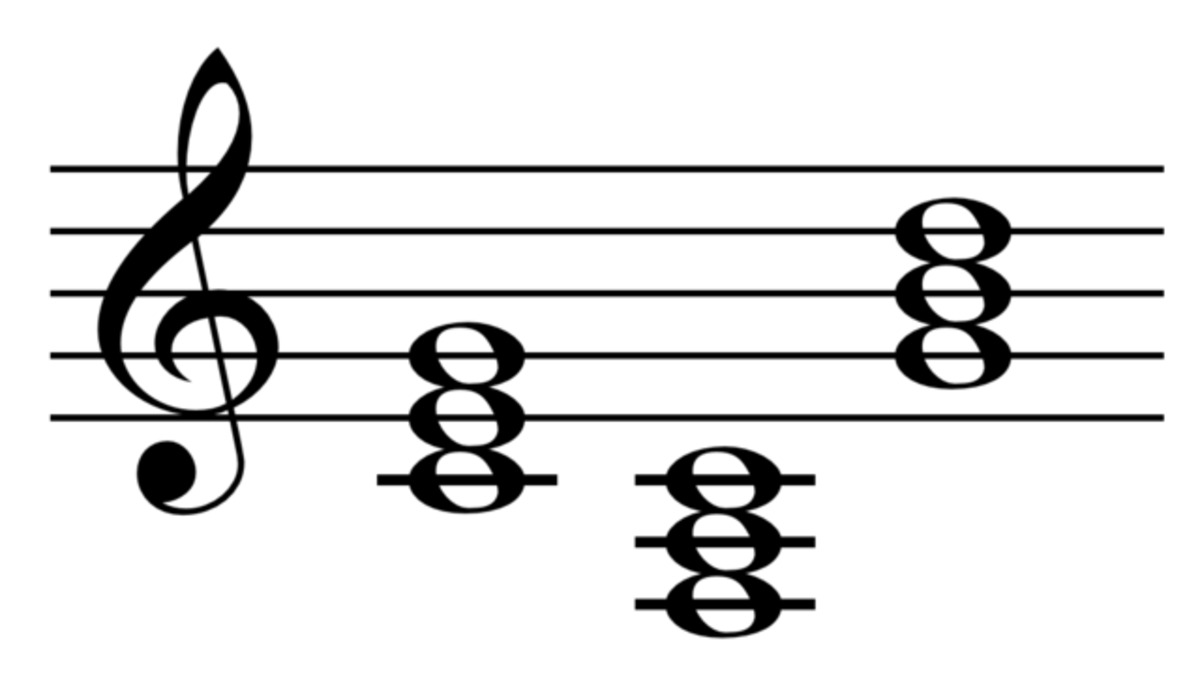Home>Production & Technology>Music Theory>What Is The Texture Of Songs In Music Theory
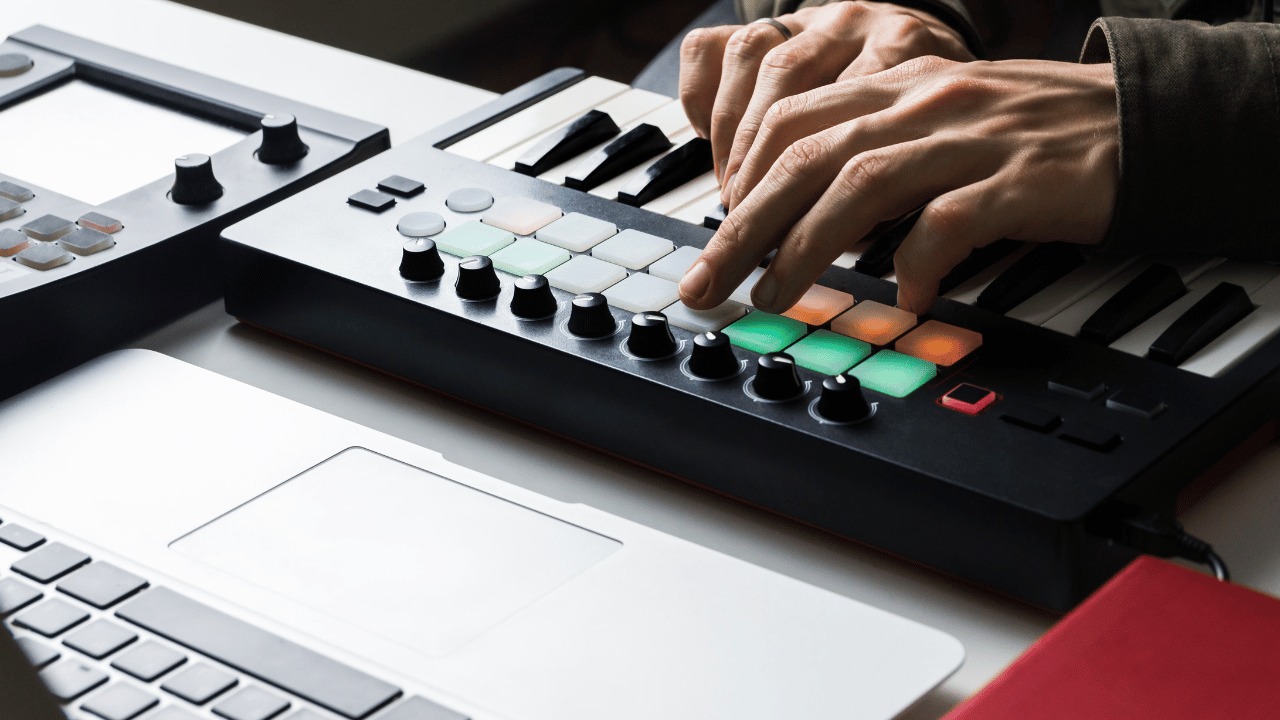

Music Theory
What Is The Texture Of Songs In Music Theory
Published: February 1, 2024
Learn about the texture of songs in music theory and how it enhances the overall listening experience. Explore different types and characteristics of music theory.
(Many of the links in this article redirect to a specific reviewed product. Your purchase of these products through affiliate links helps to generate commission for AudioLover.com, at no extra cost. Learn more)
Table of Contents
Introduction
Welcome to the fascinating world of music theory! In this article, we will explore one of the fundamental concepts in music theory – texture. Understanding the different types of texture is essential for musicians and composers as it influences the overall sound and feel of a piece of music. Whether you’re a music student, enthusiast, or simply curious about the inner workings of music, this article will offer valuable insights into the textures that give songs their unique character.
Texture refers to the way individual musical sounds or voices interact with each other to create a musical composition. It is the interplay of these sounds that determines the overall texture of a piece. Just like in the visual arts where different brush strokes can create a variety of textures, in music, the arrangement of musical elements generates distinct sonic textures.
By understanding the varying textures in music, you can decipher the complexities within a song and appreciate the creative choices made by the composer. This knowledge also enables musicians to effectively express emotions and communicate musical ideas.
In the following sections, we will explore four main types of textures commonly encountered in music: monophonic texture, homophonic texture, polyphonic texture, and heterophonic texture. Each texture has its own unique qualities, strengths, and effects on the listener.
Definition of Texture in Music Theory
Before we delve into the different types of musical textures, let’s define what texture means in the context of music theory. In simple terms, texture refers to the relationship between the different musical parts or voices within a composition. It describes how these voices blend together and create a certain overall sound.
Texture can be thought of as the fabric or weave of a musical composition. It determines whether a piece of music will sound thin or thick, simple or complex, and whether there is a sense of unity or contrast among the voices. Texture is an essential element in shaping the mood and aesthetic of a piece of music.
To better understand texture, it is essential to consider two main aspects: the number of voices or musical parts, and the interactions between them. The number of voices refers to the individual melodic lines or instruments playing simultaneously, while the interactions between them describe how these voices are related rhythmically, melodically, and harmonically.
The concept of texture can be likened to a musical tapestry, with each thread representing a voice or musical part. These threads can intertwine and create intricate patterns, or they can remain separate and distinct. The way these voices are blended together determines the overall texture of the composition.
Texture adds depth and dimension to music. It helps create interest and allows for the exploration of musical ideas and emotions. By analyzing and understanding the various textures in music, we can gain insight into the intentions and artistic choices of composers.
Now that we have a clearer understanding of what texture means in music theory, let’s explore the different types of musical textures in greater detail.
Monophonic Texture
Monophonic texture, also known as monophony, is the simplest and most basic type of musical texture. It consists of a single melodic line without any accompanying harmonies, chords, or additional voices. In other words, it is a musical composition or performance where only one note is played or sung at a time.
A monophonic texture can be found in various forms of music, including plainchant, folk songs, and solo instrumental performances. It has a pure and unadorned quality, allowing the listener to focus solely on the melody.
When listening to a monophonic piece, you will notice a lack of harmonic complexity. However, the melody itself can still convey emotion, and the performer can add expressive elements through techniques like dynamics, phrasing, and ornamentation.
Historically, monophonic texture was prominent in early western music, particularly during the medieval period. Monophonic chant, such as Gregorian chant, was commonly used in religious settings and played a significant role in worship ceremonies. Even though it may appear simple, monophony was a crucial foundation for the development of more complex musical textures.
Today, monophonic textures can still be heard in traditional folk music and solo performances on instruments like the flute or saxophone. It continues to be used as a stylistic choice by modern composers to create a sense of simplicity and intimacy in their compositions.
In summary, monophonic texture consists of a single melodic line without any accompanying harmonies. It is the most basic form of musical texture, offering a simple and unadorned musical experience. While it lacks harmonic complexity, monophony can still convey emotion and captivate listeners with its pure and focused melody.
Homophonic Texture
Homophonic texture is a common and widely used musical texture characterized by a single melodic line accompanied by harmonies or chords. In this texture, one voice takes the lead with a prominent melody, while the other voices provide support by playing or singing harmonies that enhance and enrich the main melody.
The homophonic texture is prevalent in many genres of music, including classical, pop, rock, and folk. It allows for a clear distinction between the melody and the accompanying harmonies, creating a balanced and harmonically rich sound.
Unlike monophonic texture where the focus is primarily on the melody, homophonic texture offers a greater sense of harmony and unity. The accompanying voices typically move together rhythmically, following the lead of the melody. This synchronized movement creates a harmonious and cohesive musical experience.
In a homophonic texture, the harmony can be created through a variety of instruments or voices playing chords, providing a lush backdrop to the primary melody. This harmonic support adds depth and color to the composition, enriching the overall sound and enhancing the emotional impact.
Homophonic texture allows for creative freedom and versatility in musical expression. Composers and performers can experiment with different chord progressions and harmonic variations to evoke specific moods and convey their artistic intentions.
In popular music, homophonic texture is often found in songs with a lead vocalist accompanied by a band or ensemble. The vocalist delivers the main melody, while the instruments and backing vocals provide harmonic support and rhythmic accompaniment.
Overall, homophonic texture offers a harmonically rich and balanced musical experience. It allows for a clear distinction between the melody and accompanying harmonies, creating a sense of unity and cohesion. Whether in classical compositions or contemporary popular music, homophony plays a vital role in shaping the overall sound and emotional impact of a piece.
Polyphonic Texture
Polyphonic texture, also known as polyphony, is a complex and intricate musical texture that features two or more equally important melodic lines playing simultaneously. Unlike homophonic texture, where there is a clear distinction between the melody and accompanying chords, polyphonic texture showcases multiple independent melodies interacting harmonically and rhythmically.
Polyphony can be found in various styles of music, including classical, baroque, and choral compositions. It requires a high level of skill and coordination among the performers or instruments involved. The interplay of multiple melodies creates a rich and layered sound, often described as a musical conversation.
The contrapuntal nature of polyphony allows for the exploration of complex harmonies and intricate melodic relationships. Each melodic line maintains its independence while combining to form a unified musical composition. This interweaving of melodies creates a sense of complexity and depth, captivating the listener’s attention.
In a polyphonic texture, voices or instruments may engage in imitation, where one voice or instrument introduces a melodic idea, and others replicate or respond to it. This technique adds musical interest and creates a sense of unity within the composition.
Polyphony requires careful attention to voice leading and counterpoint. Voice leading refers to the smooth and logical progression of each melodic line, while counterpoint refers to the relationship between the individual melodies. Composers strive to create a balance of voices, ensuring that each melody is equally compelling and contributes to the overall musical structure.
One of the most famous examples of polyphonic texture is Johann Sebastian Bach’s fugues. Fugues are intricate musical compositions that showcase the art of contrapuntal writing, with multiple voices engaging in intricate melodic interplay.
Whether in classical compositions or contemporary music influenced by polyphony, this texture offers a complex and captivating musical experience. The intermingling melodies create a sense of depth and intrigue, allowing the listener to explore the intricate relationships between voices and appreciate the intricate craftsmanship of the composition.
Heterophonic Texture
Heterophonic texture is a unique and less common musical texture that occurs when two or more performers or instruments play slightly different variations or embellishments of the same melody simultaneously. It creates a sense of improvisation and individual interpretation within a musical piece.
Unlike the strict coordination and synchronization found in other textures, heterophonic texture allows for personal expression and creativity. Each performer or instrument adds their own embellishments or ornamentations to the main melody, creating a variation of the original theme.
Heterophony is often found in traditional music and folk genres, where improvisation and personal style are highly valued. It can be heard in various cultures around the world, such as in Arabic maqam music or indigenous music of certain regions.
This texture creates a layered and dynamic sound, as multiple performers or instruments merge their individual interpretations with the core melody. This interplay of variations adds a sense of spontaneity and uniqueness to the overall musical experience, engaging the listener’s attention.
While heterophonic texture may not be as common as the previously mentioned textures, it offers a refreshing and distinctive approach to musical expression. It celebrates individuality and improvisation, allowing each performer to leave their mark on the melody and infuse it with their own creativity.
In summary, heterophonic texture occurs when multiple performers or instruments play slightly different variations of the same melody. It is a less common texture but can be found in traditional and folk music, showcasing improvisation and personal expression. Heterophony adds depth and individuality to a musical composition, creating a dynamic and engaging listening experience.
Conclusion
Understanding the different types of textures in music theory is key to appreciating and analyzing the nuances of musical compositions. Whether it’s the simplicity of monophonic texture, the harmony of homophonic texture, the complexity of polyphonic texture, or the individuality of heterophonic texture, each texture offers a unique and captivating musical experience.
Texture plays a vital role in shaping the overall sound and emotional impact of a piece of music. It creates depth, richness, and variety, allowing composers to convey their artistic intentions and performers to express themselves through their interpretations.
By exploring and recognizing these various textures, we can actively engage with and appreciate the complexities within a musical composition. We can appreciate the skill and creativity required to weave multiple melodies together in polyphony, feel the intimacy and purity of a monophonic line, or savor the individual improvisations in heterophonic music.
Each texture offers its own set of challenges and possibilities, and the interplay between them can further enhance a musical composition. Composers and musicians have the freedom to experiment and combine textures to create unique and captivating works of art.
Next time you listen to your favorite song or attend a live performance, take a moment to consider the texture and how it contributes to the overall musical experience. Whether you find solace in the simplicity of a single melody or get swept away by the interweaving voices of a polyphonic masterpiece, let the textures guide your appreciation of music’s vast and inspiring world.


